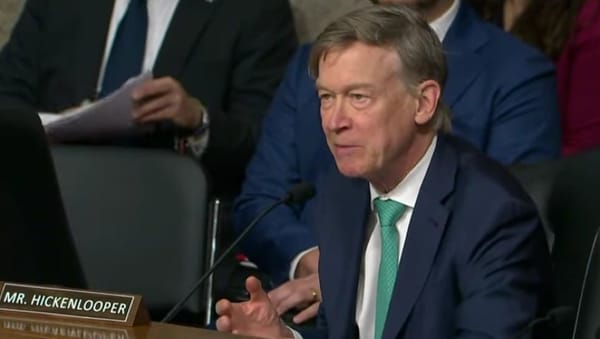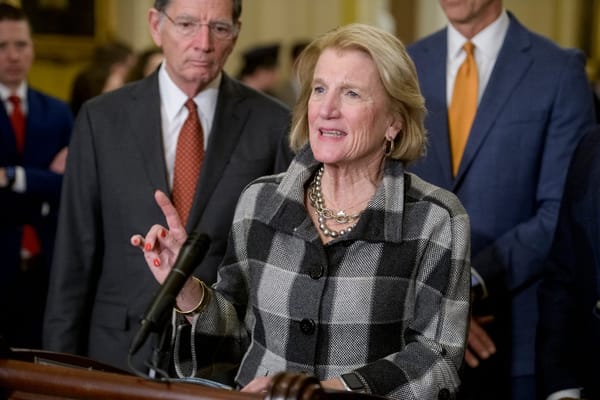Amina Fazlullah: How Successful Is the Affordable Connectivity Program?
The ACP has connected millions of families and communities to high-speed internet, and it needs to be extended.
Broadband Breakfast

Across the country, states are making critical decisions about how to leverage $80 billion in federal broadband infrastructure funding from the Infrastructure Investment and Jobs Act and the American Rescue Plan. With the right planning, these funds could ensure that high-speed internet service will finally reach every single home and business in the country, which has been one of Common Sense Media’s top priorities for years.
However, careful planning and community outreach are essential to using these funds effectively, as is the Affordable Connectivity Program—the most successful program the country has ever enacted to help struggling families afford high-speed internet.
We know that for a lower-income family in the digital divide, just having access to a broadband network is not enough to ensure that they can subscribe. The ACP is an essential tool because it addresses the number one reason people aren’t online—they’re unable to afford internet service. In fact, offline households are often only able to pay $10, yet the median cost of an internet plan is $74.99 per month.
The ACP helps lower-income households by subsidizing the cost of an internet service plan as well as devices, like laptops or tablets. In fact, the program is overwhelmingly popular, and uptake is exceeding even the highest expectations.
Analysis of Affordable Connectivity Fund shows its popularity among Democrats, Republicans and independents
Our analysis shows it’s popular in cities, suburbs, and rural areas. It’s popular with Democrats, Republicans, and independents. In short, the ACP is helping people everywhere, no matter where they live or how they vote.
Here are five facts about the impact the ACP is having on families across the country:
- Roughly 50 million households qualify for the subsidy. That’s nearly 40% of the country.
- Over 18.5 million households are currently enrolled. That’s more than 14% of the country.
- In 2023, ACP enrollment grew by over half a million every month, or at a rate of 3.5% per month.
- Majorities in both parties support the ACP: Sixty-four percent of Republicans and 95% of Democrats.
- The ACP’s success is bipartisan. Forty-six percent of enrollees live in Republican congressional districts, and 50% live in Democratic congressional districts.
The benefit of the ACP also reaches well beyond eligible households. Our research found that connecting families has a significant positive impact on education, health care, government services, and even workforce development. When more households are connected to high-speed internet, outcomes can improve in each of these sectors. For example, when students remain unconnected, our research found an estimated loss of $33 billion dollars in GDP annually. By connecting students, the country could avoid this loss.
A recent analysis by Cigna noted that telemedicine access lowered the cost of care by up to $141 per visit. The same analysis found that telemedicine increased the number of entry points into the health care system as well as improved outcomes. With more families connected, telemedicine could be an option for more people, both patients and providers. Connectivity also increases employment rates and earnings, creating more than $2,200 in economic benefit for lower-income households.
Both new and established providers need certainty that ACP will remain in place as they decide whether to participate in the biggest new broadband infrastructure program, the Broadband Equity, Access, and Deployment Program, and determine how ambitious they can be in their proposals.
Our recent analysis found that the existence of ACP led to an estimated 25% reduction in the per household subsidy needed to incentivize providers in rural areas. ACP is the linchpin that will turn the IIJA’s massive once-in-a-generation investment in broadband from a program that is just about building networks to one that is helping our most vulnerable communities connect to the benefits of the digital economy.
At Common Sense, we have worked hard to get to where we are today, and we are determined to see this job through. To close the digital divide once and for all, we need to continue funding a robust ACP.
Amina Fazlullah is the Senior Director Equity Policy at Common Sense. Her work focuses on expanding access to technology and digital well-being advocacy. Prior to joining Common Sense, Amina was a Tech Policy Fellow at Mozilla, where she worked to promote broadband connectivity in underserved communities around the world. Amina has also worked with the Benton Foundation, U.S. Public Interest Research Group, the U.S. District Court of Minnesota, and at the Federal Communications Commission. This piece was published on Common Sense on June 20, 2023, and is reprinted with permission.
Broadband Breakfast accepts commentary from informed observers of the broadband scene. Please send pieces to commentary@breakfast.media. The views expressed in Expert Opinion pieces do not necessarily reflect the views of Broadband Breakfast and Breakfast Media LLC.










Member discussion